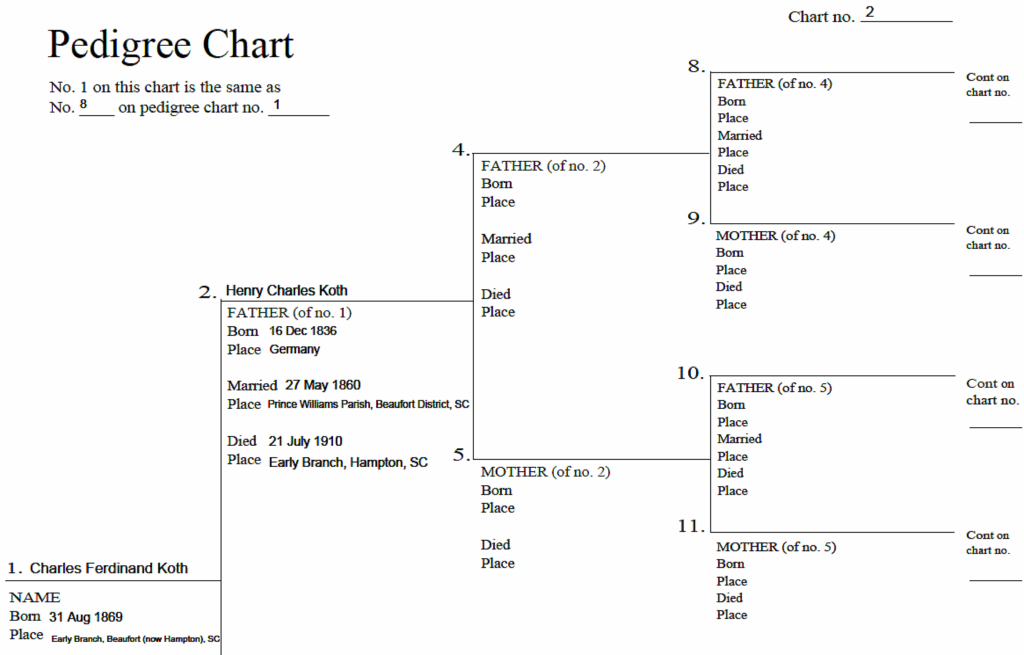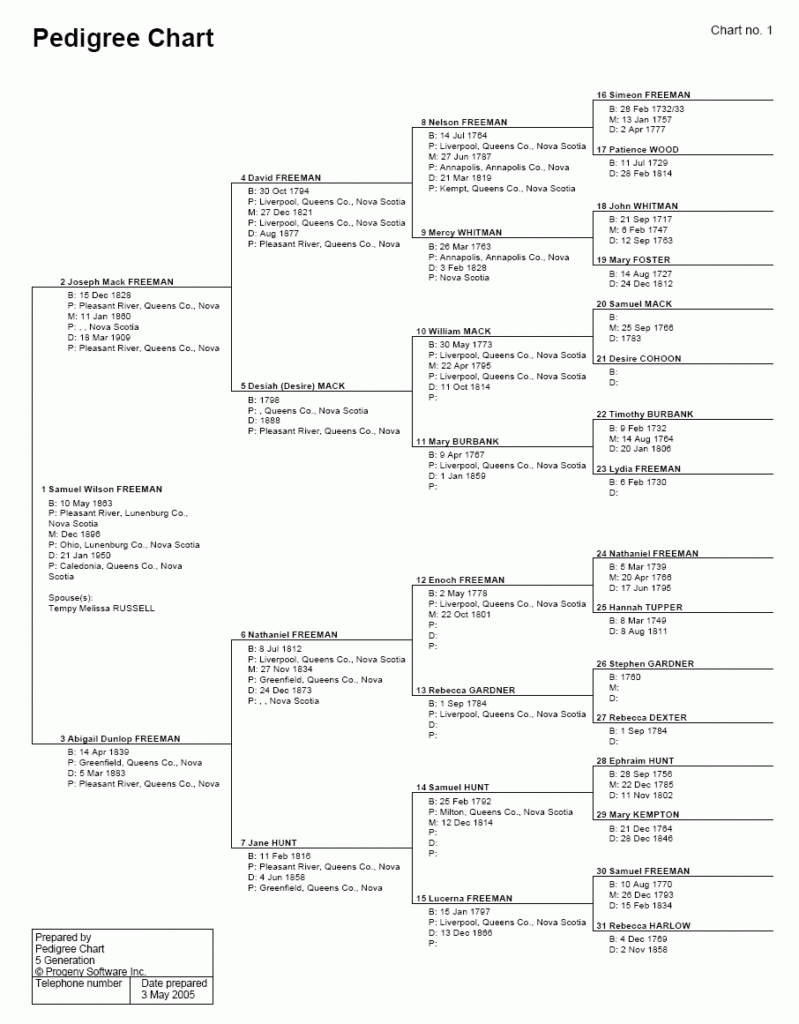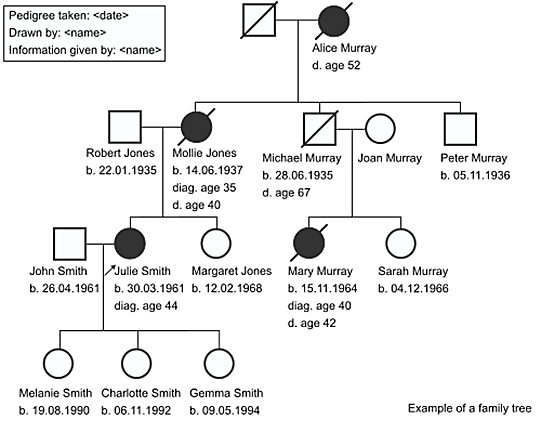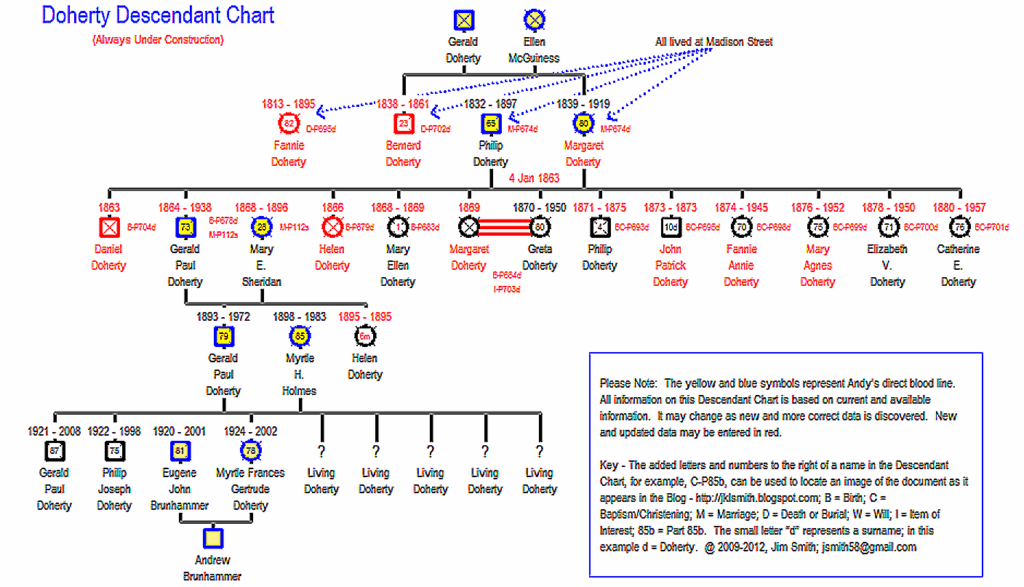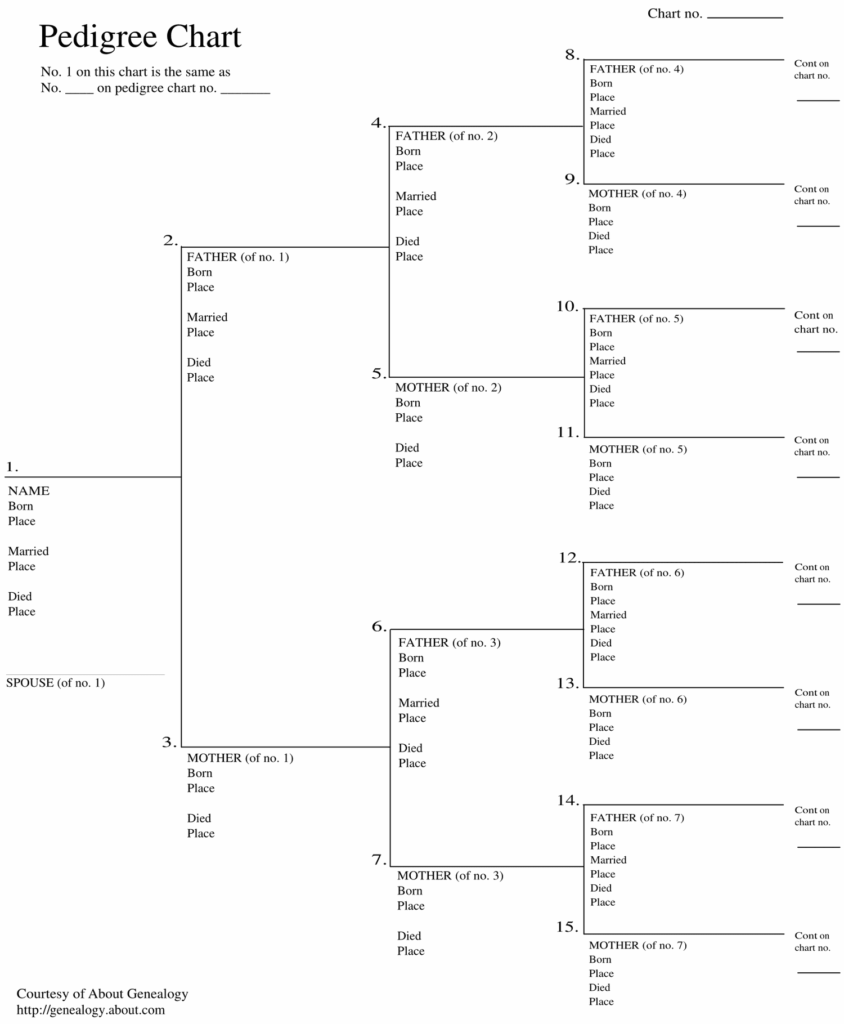When creating a pedigree chart for genealogy research, it’s important to follow certain conventions to ensure consistency and clarity. One of the first conventions to consider is the title of the chart. The title should clearly indicate the focus of the chart, such as “Ancestry of John Smith” or “Descendants of Sarah Johnson.” It’s also important to use consistent formatting throughout the chart, including font style, size, and color.
Additionally, it’s helpful to include a key or legend on the chart that explains any symbols or abbreviations used. This can make the chart easier to read and understand for others who may be viewing or using the chart for their own research. Consistent and clear formatting will make your pedigree chart more professional and user-friendly.
Conventions For Genealogy Pedigree Charts
2. Ancestral Lineage
When documenting your ancestral lineage on a pedigree chart, it’s common to use a standard format that traces your family tree back through several generations. Each individual is typically represented by a box, with lines connecting parents to children. The father is usually listed on the left side of the box, with the mother on the right. Additional information, such as birth and death dates, can be included below the individual’s name.
It’s important to follow a consistent pattern when listing ancestors on the chart, such as starting with the oldest known ancestor at the top of the chart and working your way down through each generation. This can help you visualize and understand your family’s lineage more easily, and can also make it easier for others to follow your research.
3. Descendant Lineage
For those interested in documenting descendant lineage on a pedigree chart, a different format is typically used. Descendant charts often start with a single individual at the top, such as a grandparent or great-grandparent, and list their children below them in separate branches. Each child’s descendants are then listed in subsequent generations, creating a branching pattern that expands as more descendants are added.
When creating a descendant lineage chart, it’s important to clearly label each branch with the name of the individual at the top, and to use consistent formatting throughout the chart. Including birth and death dates for each individual can also help clarify relationships and provide important context for your research.
By following these conventions for genealogy pedigree charts, you can create professional, informative charts that help you visualize and document your family history in a clear and organized way. Consistency in formatting and layout will make your charts more user-friendly and accessible to others who may be interested in your research.
Download Conventions For Genealogy Pedigree Charts
Pedigree Sample Family Tree Charts
Genetic Pedigree Symbols
A Genealogy Hunt Part 706d Brunhammer Doherty Genealogy Dohertys
Free Genealogy Charts And Forms
